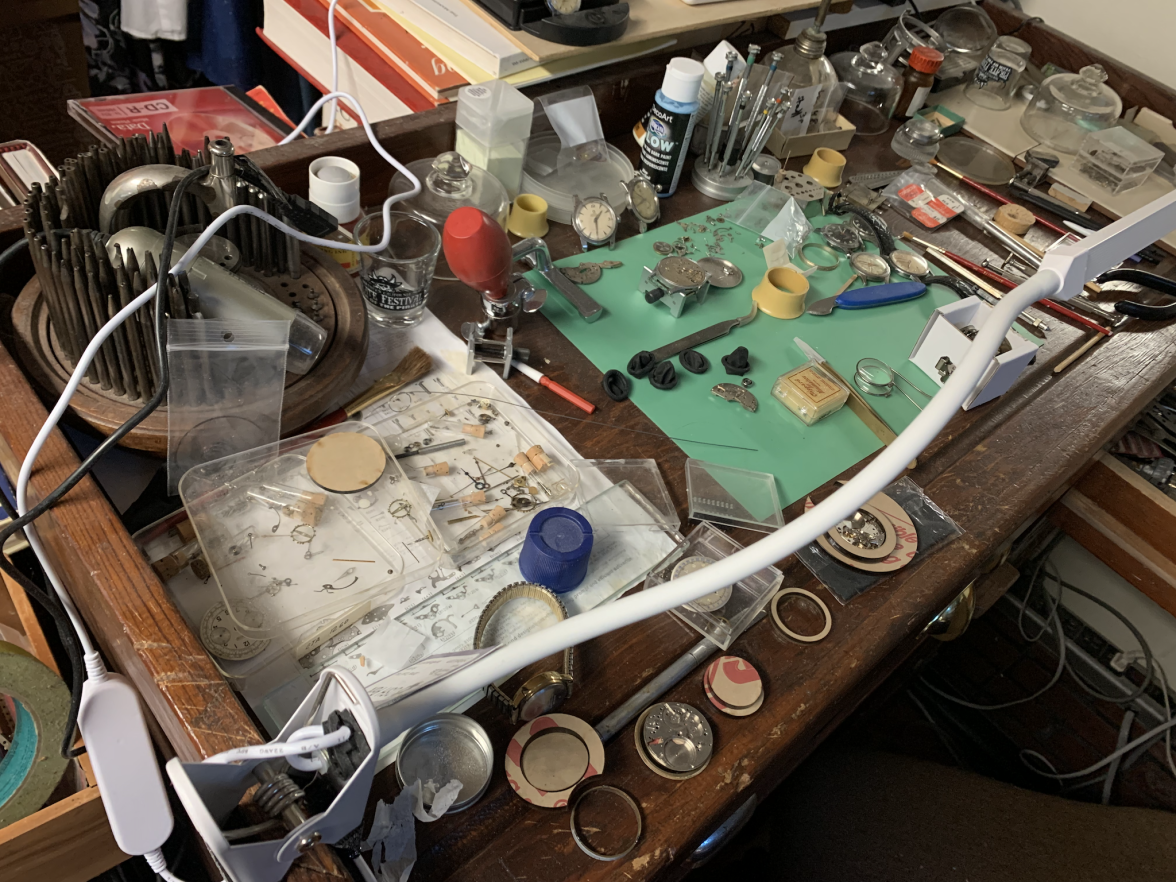Duracuir1
··Never Used A KodakOne of the problems with watchmaking books is that many of them are quite old, and the practices/techniques shown are not always up to date with modern standards and expectations. Everything from cleaning with cyanide (de Carle) to static posing every balance after a staff (Freid) are things that aren't consistent with modern watch servicing and repairing. Some may damage you, and some may damage the watch and it's accuracy.
I've tried to compile some basic information for people like you, who are just starting out and doing this as a hobby. I've illustrated current techniques so that if you follow these you would be using the most up to date information. I make no guarantees, but have a look and if you have any questions, let me know. There are quite a few watchmakers here, so one of us will come up with an answer I'm sure.
Basic watchmaking tips - cleaning | Omega Forums
Basic watchmaking tips - Oiling Part 1 | Omega Forums
Basic watchmaking tips - Oiling Part 2 (the mainspring barrel) | Omega Forums
Basic watchmaking tips - Spotting wear | Omega Forums
Basic watchmaking tips - Oiling Part 3 (the wheel train) | Omega Forums
Basic watchmaking tips - Oiling part 4 (the escapement) | Omega Forums
Basic watchmaking tips - replacing a balance staff | Omega Forums
Basic Watchmaking tips - checking and adjusting end shake | Omega Forums
Basic watchmaking tips - Hand removal and installation | Omega Forums
Basic watchmaking tips - crystal fitting | Omega Forums
Basic watchmaking tips - changing case components | Omega Forums
Basic Watchmaking Tips - stems and screwdrivers | Omega Forums
Cheers, Al
We’re friends… right?
